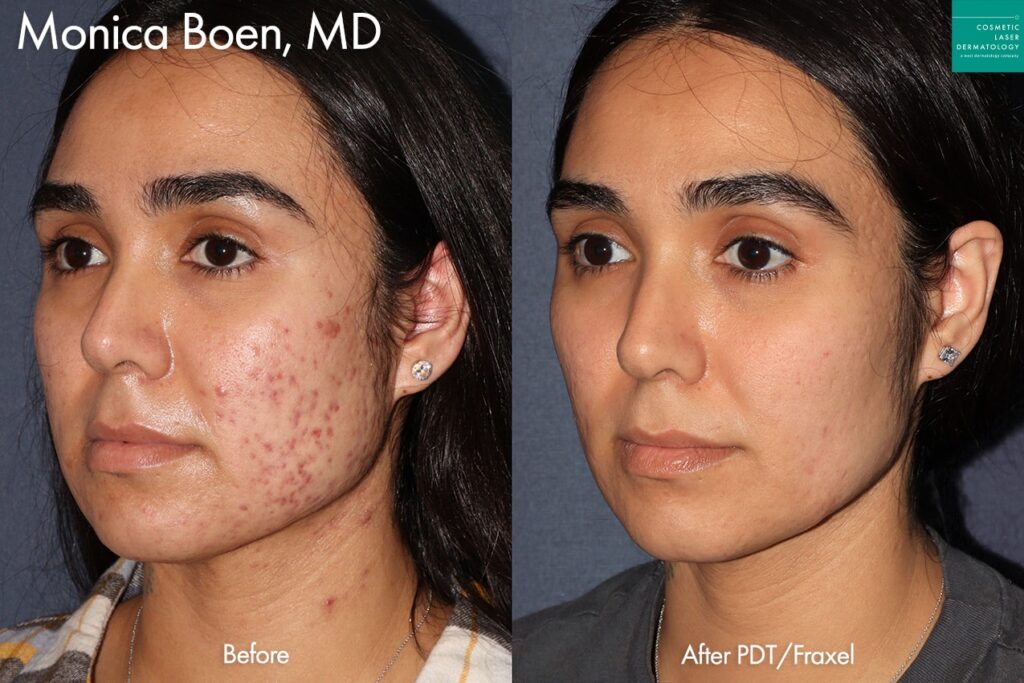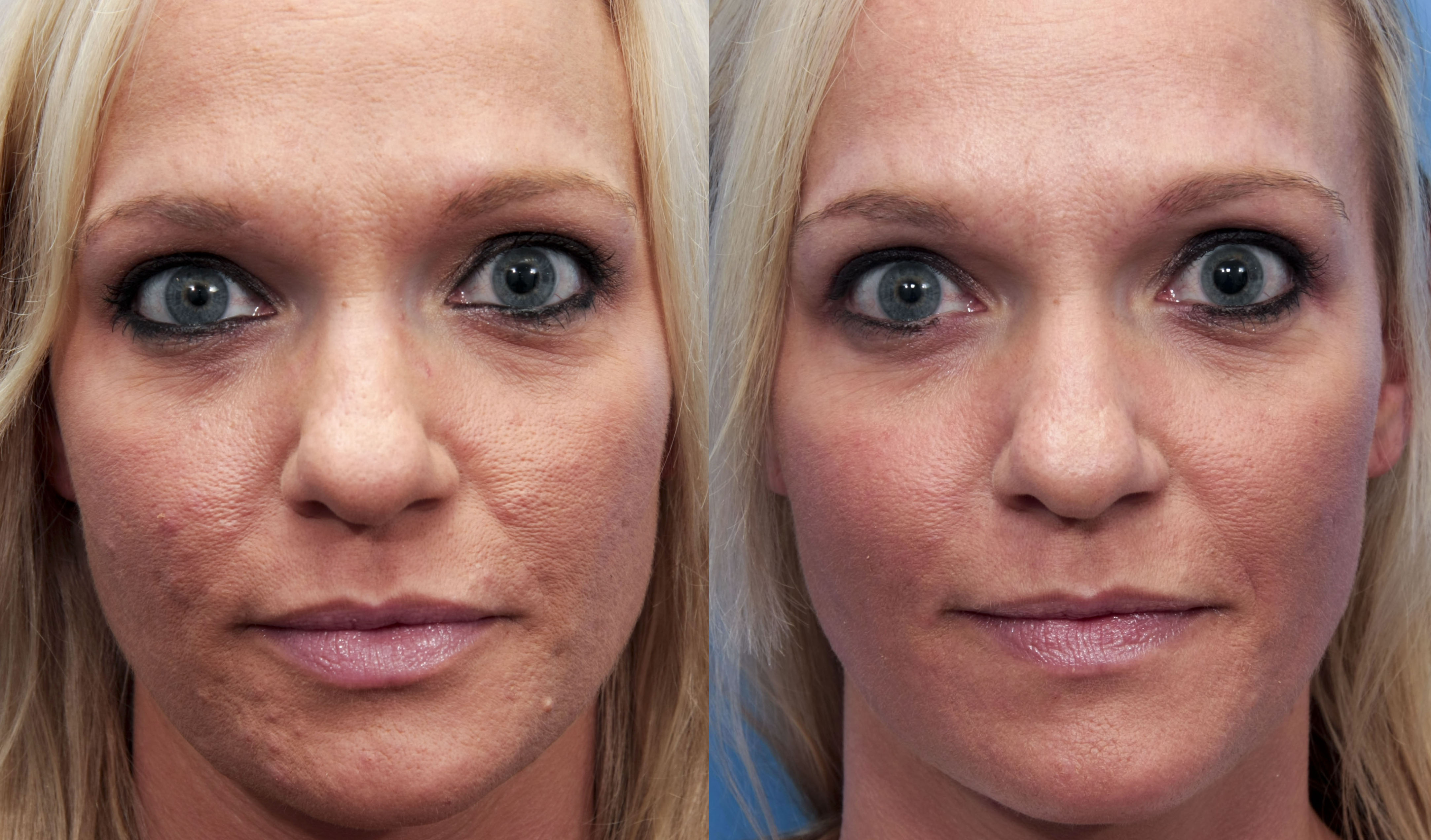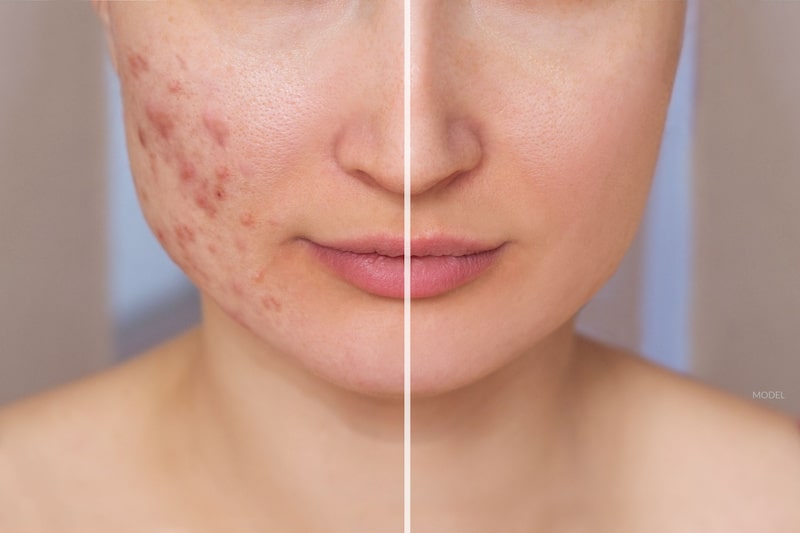Skin Rejuvenation Treatments: The Ultimate Guide to Rejuvenating Your Skin
Understanding the Various Skin Problem and Efficient Treatment Choices for Acne Marks
Acne scars represent a complex interplay of skin conditions that substantially influence individuals' self-confidence and general skin health and wellness. As we check out the landscape of acne mark administration, it ends up being obvious that the trip towards clearer skin may entail even more than simply topical solutions.
Sorts Of Acne Scars

In comparison, hypertrophic scars arise from an overflow of collagen during the recovery process, resulting in elevated areas on the skin. These marks are typically firm and can differ in shade, in some cases appearing red or darker than the bordering skin.
Comprehending these types of acne marks is crucial for creating an efficient treatment plan - acne scars. Options may include chemical peels, laser therapy, microneedling, or facial fillers, tailored to the certain mark type. A detailed appointment with a skin specialist can aid identify the most appropriate intervention, considering the person's skin kind, mark intensity, and overall skin health and wellness
Sources Of Acne Scarring
Marking takes place as a result of the body's all-natural recovery feedback to swelling and injury caused by acne lesions. When acne types, it triggers an inflammatory response, causing the launch of different cytokines and development factors that promote healing. Nevertheless, this procedure can occasionally lead to too much cells formation or insufficient fixing, resulting in marks.
The primary reasons for acne scarring include the intensity of the acne itself, duration of the lesions, and individual skin kinds. Severe inflammatory acne, such as cysts and blemishes, is more probable to lead to scarring because of deeper tissue damage. Furthermore, incorrect handling of acne lesions, such as squeezing or picking, can worsen tissue injury and inflammation, raising the probability of scarring.
Genetic predisposition also plays a significant duty; people with a family members history of scarring go to a higher threat. Furthermore, skin type and shade can affect scar development, as darker skin tones may experience post-inflammatory hyperpigmentation, while lighter skin may establish atrophic marks.
Ultimately, recognizing these reasons is crucial in handling acne and mitigating the potential for scarring.

Treatment Choices for Scarring
Efficient therapy choices for acne scarring differ depending upon the type and seriousness of the scars. Normally categorized right into atrophic, hypertrophic, and keloid scars, these conditions call for customized techniques for optimum outcomes.
For atrophic marks, which are identified by a loss of cells, therapies such as chemical peels, microdermabrasion, and laser treatment are commonly used. These methods advertise skin renewal and boost collagen manufacturing, therefore enhancing skin texture. Subcision, a minimally intrusive treatment, can also be efficient by damaging up coarse bands underneath the skin.
Hypertrophic and keloid scars can be much more challenging to treat. Options consist of corticosteroid injections to minimize inflammation and flatten the scars. In many cases, cryotherapy or laser therapy might be advised to decrease their appearance.
Surgical choices are available for severe scarring, where excision or skin grafting might be required. It's vital for individuals to talk to a skin doctor to examine their specific mark kind and review the most ideal treatment plan. Combining multiple therapies often produces the find out this here finest results, guaranteeing that each individual's unique skin problem is addressed efficiently.
Natural Remedy and Natural Solutions
All-natural solutions and natural remedy can give an available strategy for individuals looking for to improve the appearance of acne scars (acne scars treatment). Numerous ingredients found in the home kitchen area have actually shown possible advantages in boosting skin texture and promoting healing

Another reliable choice is lemon juice, which serves as an all-natural exfoliant and can lighten hyperpigmentation. Nevertheless, it ought this contact form to be made use of meticulously, as it may trigger photosensitivity. Oat meal masks are additionally helpful; their mild peeling can aid remove dead skin cells while soothing irritation.
Necessary oils, such as tea tree oil and lavender oil, can better support mark healing because of their antimicrobial homes. It is vital to do a patch test prior to applying any type of solution to guarantee there are no negative reactions. These all-natural solutions can be a corresponding strategy in the trip to reduce acne scars.
Stopping Future Scarring
Adopting a proactive method to skincare can dramatically minimize the risk of establishing future acne scars. Routine cleansing, exfoliation, and hydration can assist preserve skin health and wellness and stop clogged up pores.
In addition, staying clear of the lure to press or select acne sores is crucial, as this can result in inflammation and subsequent scarring. Rather, people must concentrate on using topical treatments that advertise healing and decrease inflammation. Ingredients such as salicylic acid, benzoyl peroxide, and retinoids are known for their efficiency in taking care of acne and minimizing scars.
Sun security is an additional vital element; direct exposure to UV rays can darken marks and hinder healing. As a result, making use of a broad-spectrum sun block daily can mitigate these results - skin rejuvenation treatments.
Last but not least, maintaining a healthy diet regimen rich in anti-oxidants and staying hydrated assistances skin regrowth. By applying these precautionary measures, people can substantially lower their threat of future scarring and advertise overall skin health and wellness.
Conclusion
In conclusion, an extensive understanding of acne marks, encompassing both hypertrophic and atrophic types, is essential for reliable treatment approaches. Customized interventions, consisting of expert therapies and natural remedy, can dramatically improve skin appearance and appearance. Safety nets also play a critical role in decreasing future scarring. Examination with a skin specialist stays important to design customized strategies that think about individual skin types and mark extent, ultimately improving the effectiveness of mark administration techniques. this
Acne scars represent a complex interplay of skin problems that significantly impact individuals' self-confidence and total skin wellness. The 2 main classifications of acne scars are atrophic and hypertrophic scars. These marks are additional categorized into three subtypes: ice pick scars, which are deep and narrow; boxcar scars, which are wider and have distinct sides; and rolling scars, which create a wave-like look due to irregular skin structure.
An extensive assessment with a dermatologist can help determine the most ideal treatment, taking right into account the individual's skin kind, mark seriousness, and overall skin health.
Assessment with a dermatologist continues to be important to devise tailored strategies that think about private skin types and mark seriousness, ultimately improving the efficacy of mark monitoring strategies.